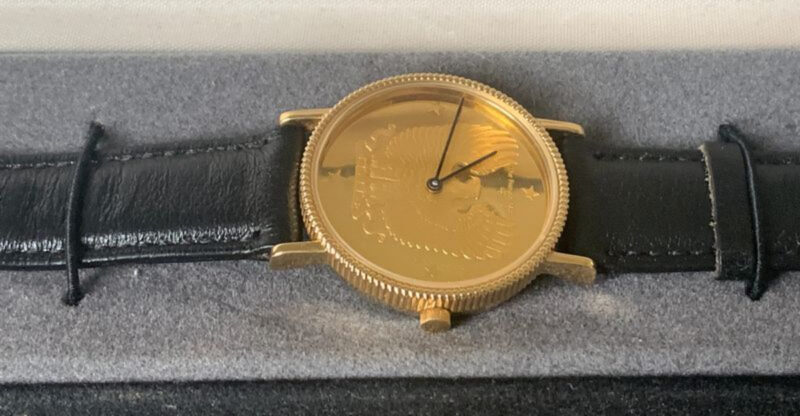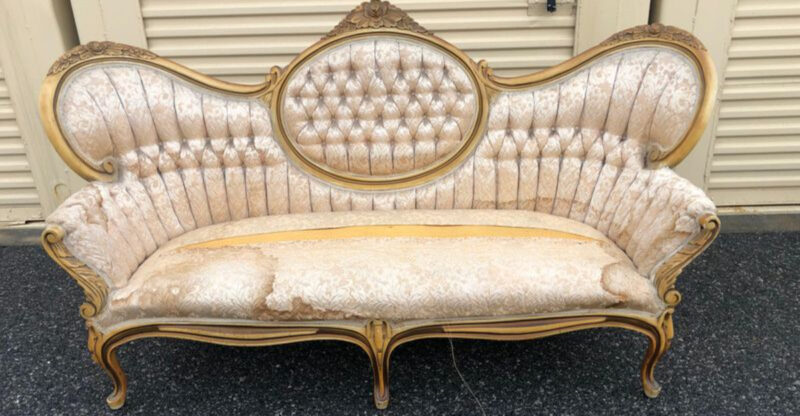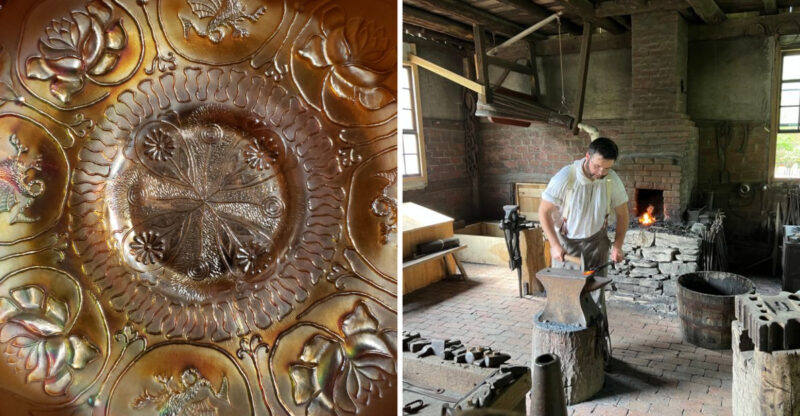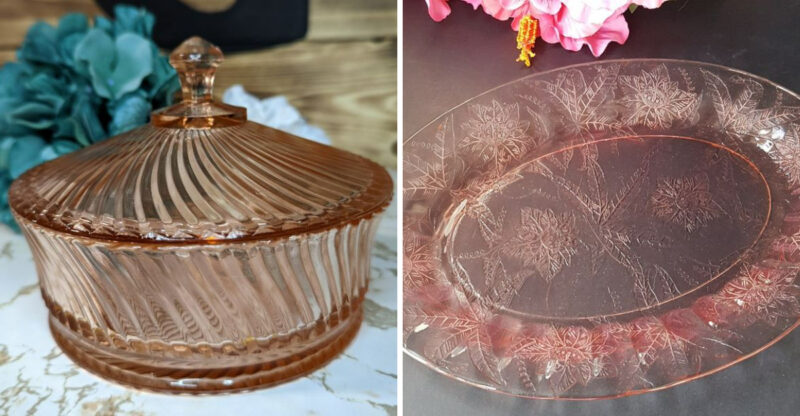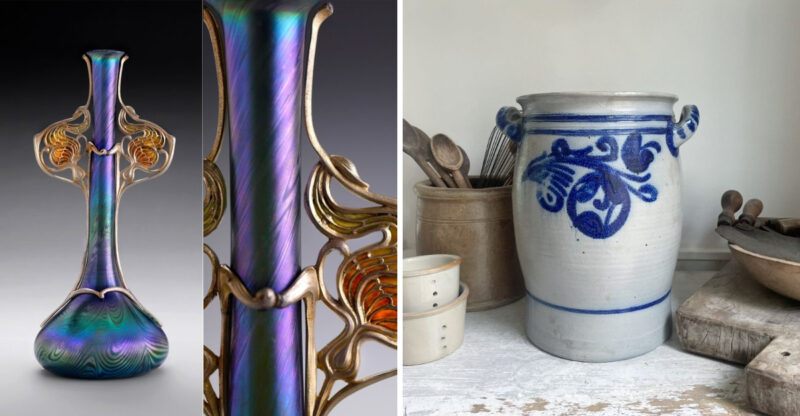15 Insider Tips On What To Look For While Thrifting In Portland
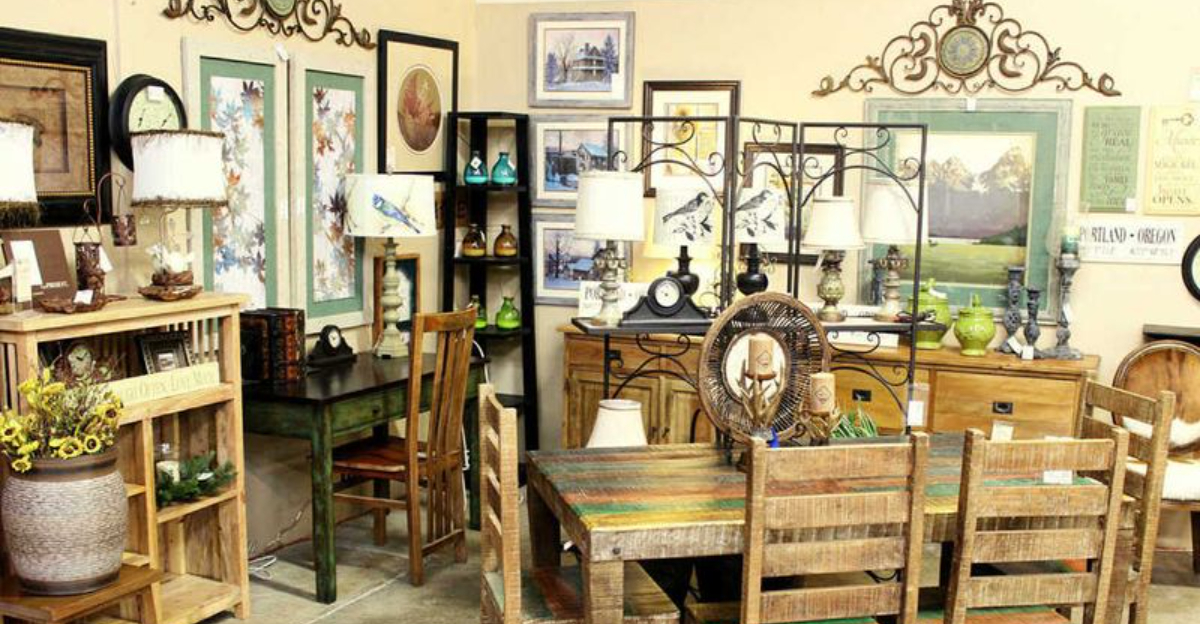
Portland’s thrift scene is a treasure hunter’s paradise, packed with hidden gems waiting to be discovered.
From vintage clothing boutiques to sprawling furniture warehouses, the city offers endless possibilities for sustainable shopping adventures.
Whether you’re hunting for mid-century masterpieces or just browsing for unique finds, knowing what to look for can transform your thrifting experience from overwhelming to incredibly rewarding.
1. Solid Wood Treasures
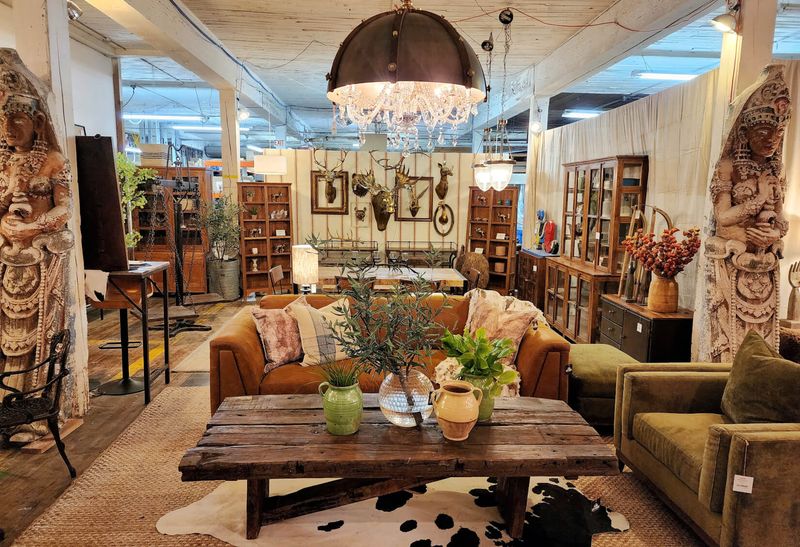
Heavy is good when hunting for wooden furniture at Portland thrift stores! Quality solid wood pieces have substantial weight compared to their particle board counterparts. Run your hand along edges and undersides real wood has a distinctive texture you can feel.
Portland’s damp climate can be tough on furniture, so check for warping or water damage, especially on bottoms of legs and undersides. Vintage Powell’s bookshelf finds and pieces from local estate sales often feature beautiful Northwest woods like Douglas fir or Oregon maple.
A slight musty smell isn’t necessarily a dealbreaker it usually disappears after cleaning. Remember that solid wood can always be refinished, making even scratched pieces worth considering if the structure remains sound.
2. Mid-Century Modern Goldmines
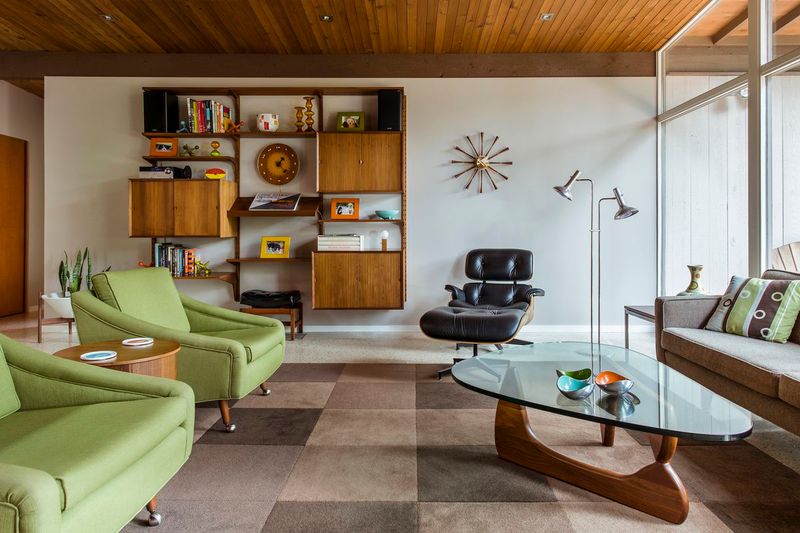
Portland’s thrift stores are absolutely brimming with mid-century treasures thanks to the city’s building boom during that era. I’ve spotted authentic pieces from designers like Herman Miller and Eames hiding in plain sight at Goodwill bins and estate sales throughout the city.
Look for telltale signs: tapered legs, clean lines, and geometric patterns. Many Portland homes built in the 50s and 60s were furnished with these now-coveted pieces, which frequently resurface in local thrift circuits.
Don’t get discouraged by dusty appearances mid-century pieces typically have excellent bones. Check manufacturer stamps on undersides or inside drawers, as Portland sellers sometimes don’t recognize valuable designer items hiding beneath years of neglect.
3. Quality Upholstery Indicators
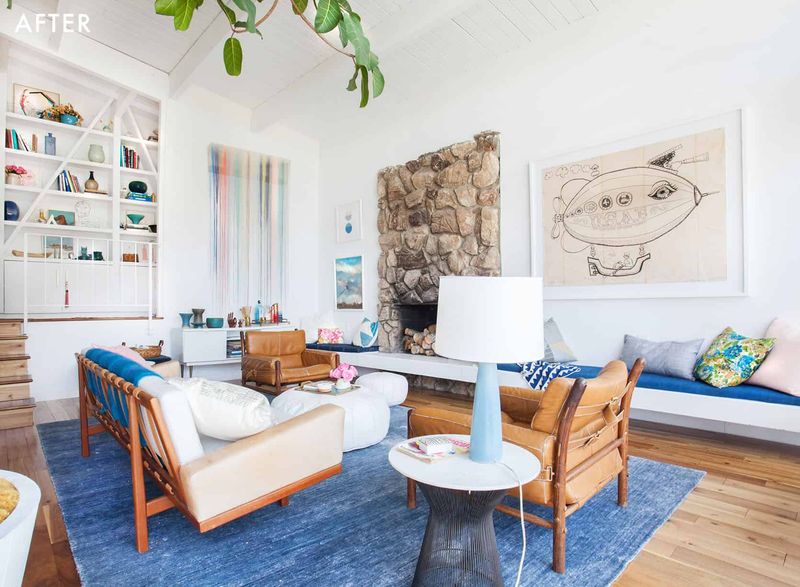
Fabric quality makes all the difference when thrifting upholstered pieces in Portland. I always check seams for tight, even stitching and press my hand against cushions to test their resilience – good pieces spring back quickly rather than remaining indented.
Given Portland’s rainy reputation, moisture damage is a legitimate concern. Examine items carefully for water stains or mildew spots, particularly on pieces that might have been stored in basements or garages. The city’s vintage upholstery scene features amazing finds from local manufacturers like Stanton Furniture.
Zippers that run smoothly and cushion covers that remove easily indicate thoughtful construction. Natural fibers like wool, cotton, and linen generally age better than synthetics, though Portland’s hipster aesthetic has made quality vintage synthetics surprisingly trendy too!
4. Frames That Last Generations
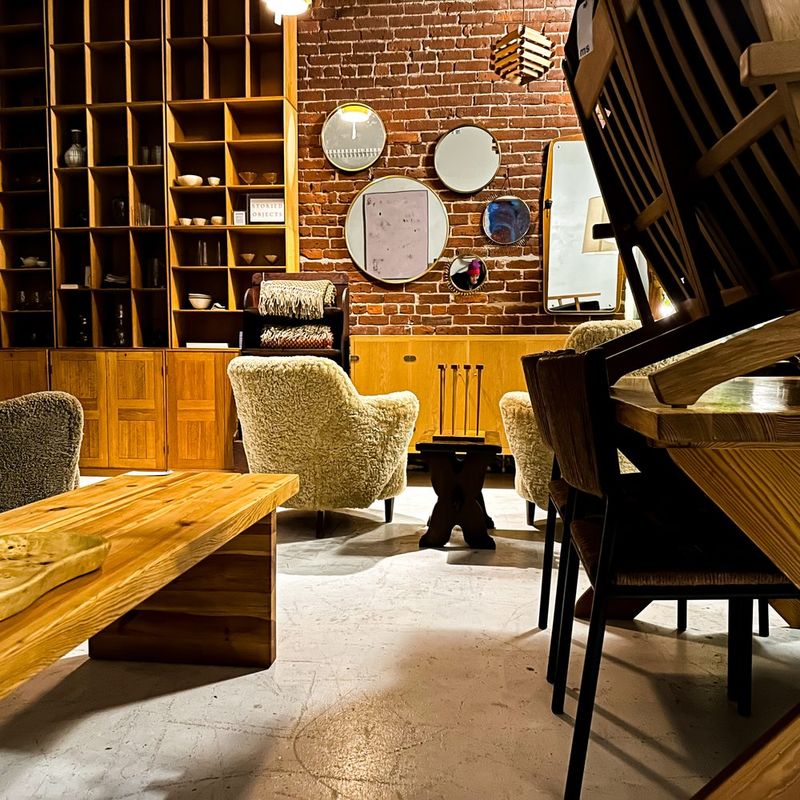
Wiggle test everything! I grab corners of frames and give them a gentle shake if they wobble or creak, walk away. Portland’s humidity can weaken poor-quality glue joints over time, but well-made pieces remain rock solid for decades.
Look underneath furniture for corner blocks, metal brackets, or dowel reinforcements these construction details signal quality craftsmanship. Many Portland estate sales feature furniture from the city’s golden era of manufacturing when pieces were built to last generations.
Hardwoods like oak, maple, and walnut typically create the sturdiest frames. The Northwest’s furniture heritage includes amazing craftsmanship, especially from local workshops that operated from the 1940s through 1970s. Their distinctive joinery techniques often feature dovetail or mortise-and-tenon connections rather than just staples or glue.
5. Vintage Chair Hunting
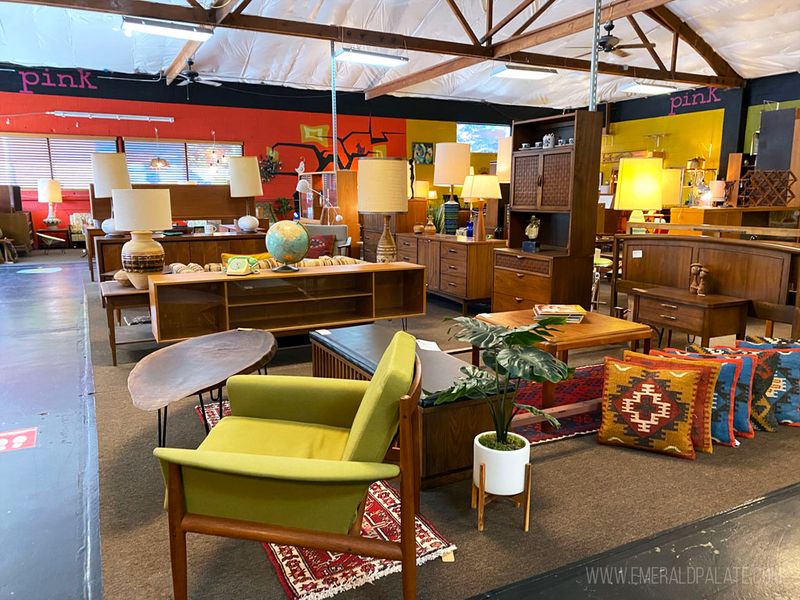
Portland’s secondhand shops overflow with incredible vintage chairs waiting for their second life. I’ve scored Danish modern beauties at Village Merchants and classic kitchen chairs at Goodwill that retail for hundreds elsewhere. Always sit in chairs before buying comfort matters regardless of style!
Examine chair legs where they meet the seat for structural integrity. This connection endures the most stress and reveals construction quality. Portland’s thrift scene features chairs from local institutions like Reed College, Lewis & Clark, and even decommissioned government buildings.
Dining chairs with removable seats offer easy reupholstering options a simple DIY project even for beginners. The Hawthorne district shops particularly excel at curated chair selections, while the bins locations require more digging but yield the best bargains on truly unique seating options.
6. Statement Tables Worth Grabbing
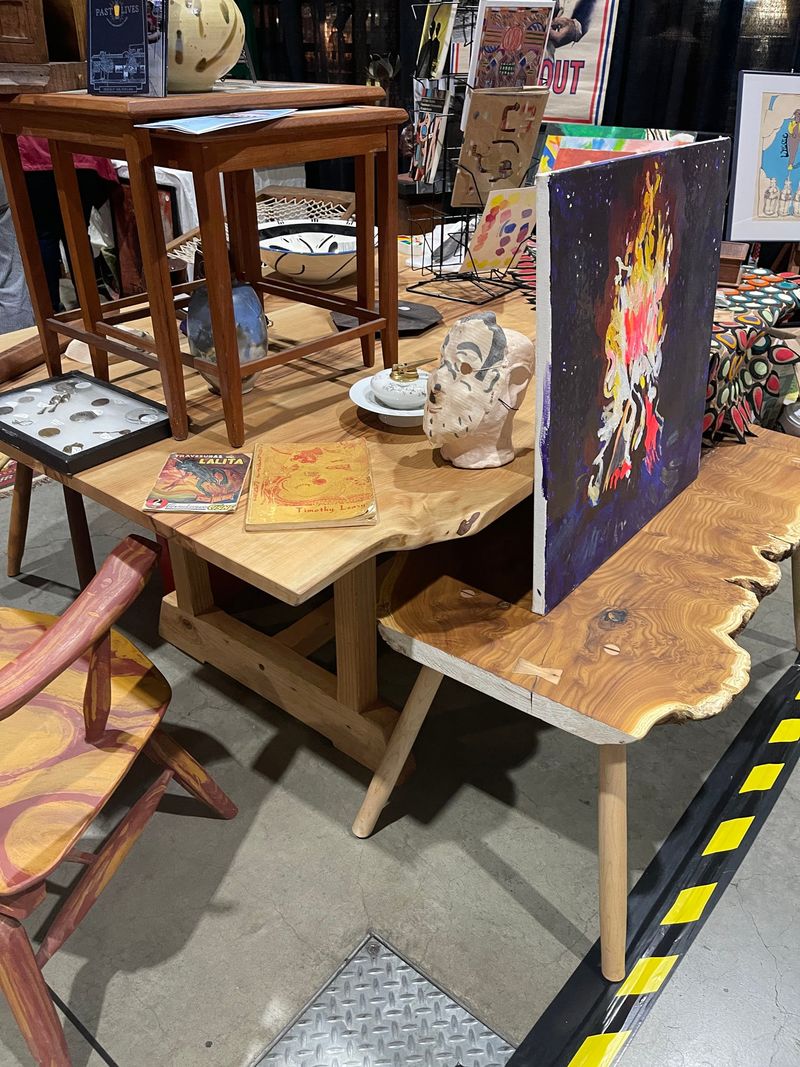
Tables tell stories, and Portland’s thrift stores hold some fascinating narratives. I check for wobbling by placing my hand on each corner and applying gentle pressure any movement signals potential structural issues. Coffee tables from the 60s and 70s are particularly abundant in Portland shops.
Measure before buying! Portland apartments tend toward the smaller side, so that massive dining table might not fit your space, no matter how gorgeous. Many local thrift stores like Urbanite and Rerun offer measuring tapes for customers.
Extension mechanisms on dining tables should operate smoothly without catching. Portland’s rainy climate can cause wood to swell, so test all moving parts. The city’s proximity to timber sources means local vintage tables often feature beautiful Northwest woods with distinctive grain patterns that you won’t find in mass-produced modern pieces.
7. Dressers With Restoration Potential
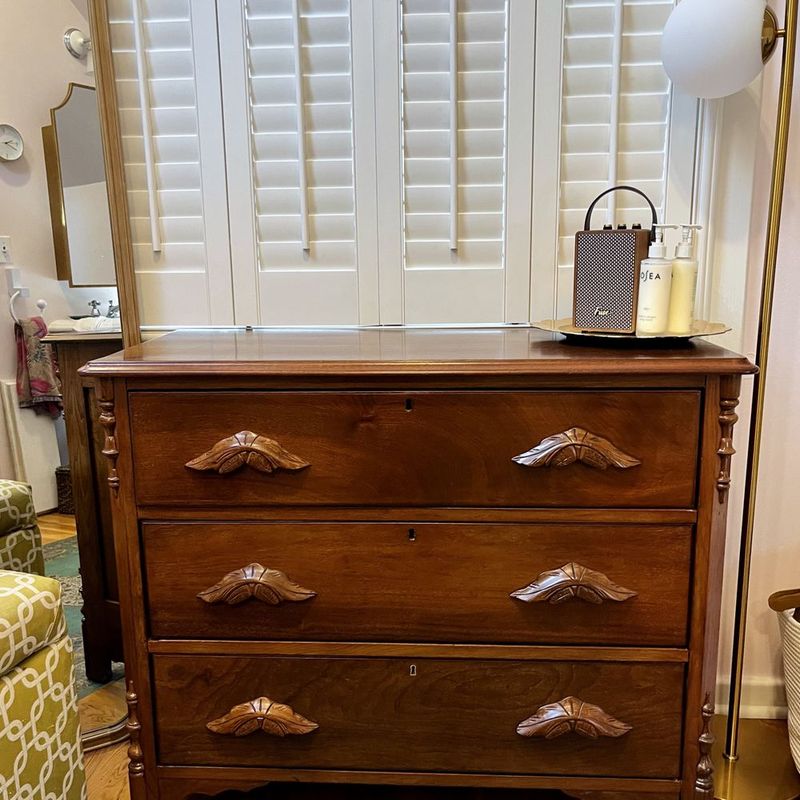
Dressers with great bones but ugly finishes are thrifting gold in Portland! The city’s DIY culture means refinished pieces sell for premium prices, so spotting restoration potential saves serious cash. I always check drawer slides by opening each drawer fully smooth operation indicates quality construction.
Solid wood dressers with cosmetic issues make perfect weekend projects. Portland’s climate requires furniture that can handle humidity fluctuations, making solid wood far superior to engineered materials for longevity. Vintage hardware stores like Hippo Hardware offer period-appropriate replacement pulls.
Don’t overlook painted pieces they often hide beautiful wood grain underneath. Many Portland neighborhoods hold regular estate sales where amazing dressers appear from mid-century homes. Check inside drawers for manufacturer marks from Oregon furniture makers like Drexel or Kent-Coffey, which indicate higher quality and potential collectible value.
8. Hardware That Makes The Piece
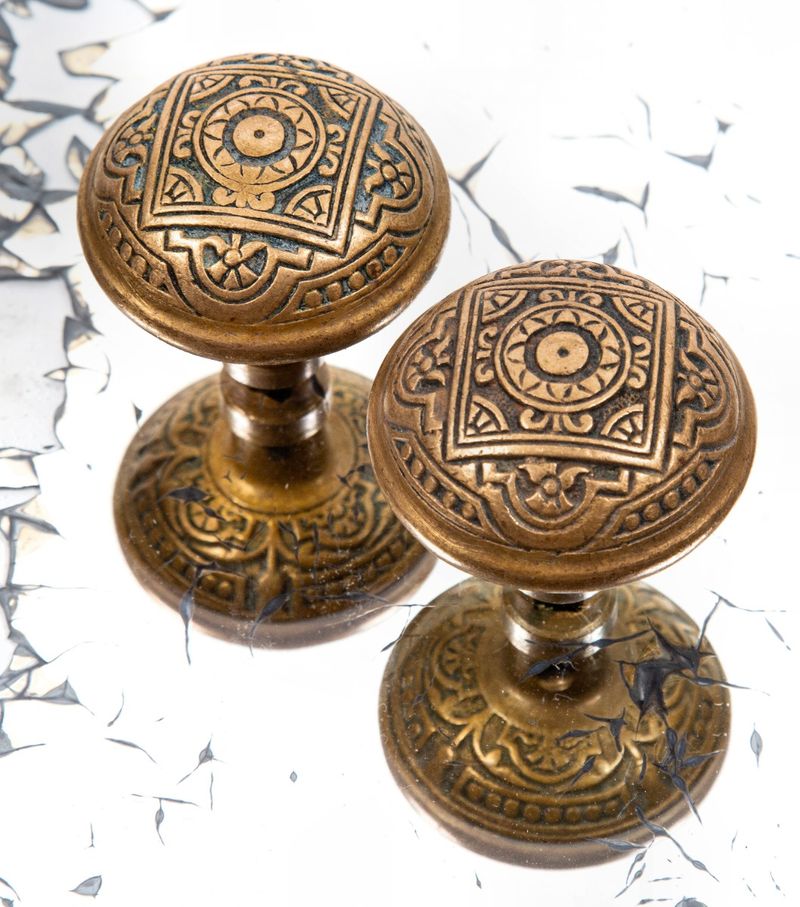
Original hardware often determines a piece’s authenticity and value. I’ve found that Portland’s thrift scene includes many pieces with intact vintage pulls and knobs that would cost a fortune to replace. Check that all hardware matches and functions properly mismatched pieces might indicate repairs or replacements.
Brass, copper, and bronze hardware develops beautiful patinas over time. Portland’s Eastside thrift shops seem particularly good for finding pieces with original metal details. Specialty stores like Really Good Stuff often have furniture with unique hardware features.
Drawer pulls should feel substantial and secure in your hand. Wobbly or lightweight hardware typically signals lower quality construction. When hunting at Portland’s larger thrift warehouses like the Rebuilding Center, bring a small screwdriver to check if decorative hardware is solid metal rather than plated plastic – the weight difference can be subtle but significant.
9. Clean Lines And Timeless Design
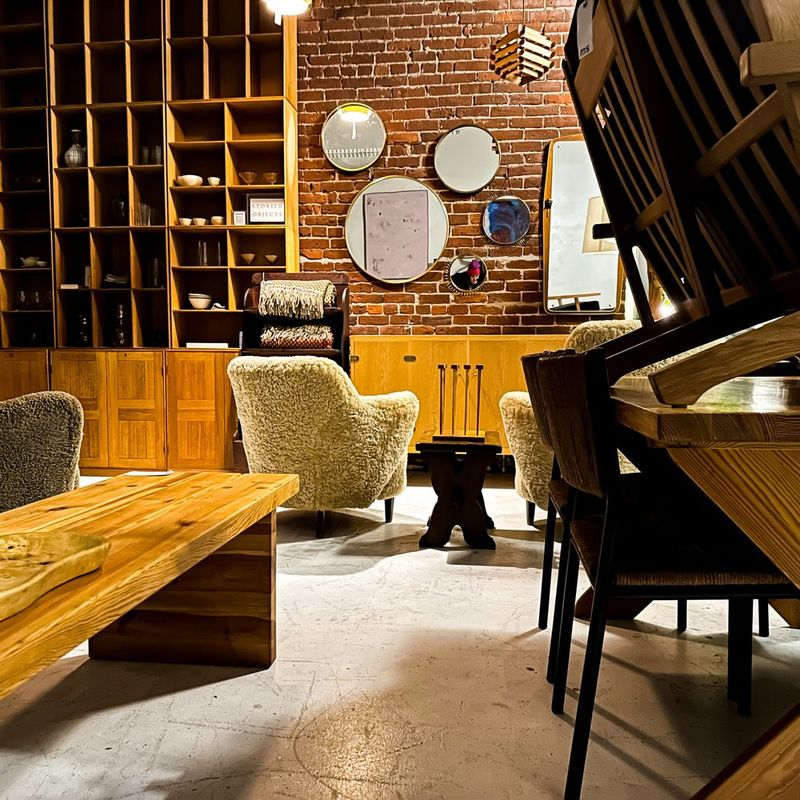
Furniture with clean, simple lines transcends trends and remains stylish for decades. Portland’s thrift scene features plenty of minimalist pieces that work beautifully in contemporary spaces. I always look for designs that avoid excessive ornamentation or trendy details that quickly become dated.
Scandinavian-inspired pieces are particularly abundant in Portland thrift stores, reflecting the city’s appreciation for functional design. These items typically feature straight lines, organic curves, and minimal decorative elements. Local shops like Lounge Lizard specialize in curating these timeless finds.
Simple silhouettes adapt easily to different decor styles as your tastes evolve. When browsing Portland’s thrift warehouses, try to envision pieces in your space rather than their current dusty surroundings. The city’s architectural history includes many mid-century homes where these clean-lined furniture pieces look absolutely at home.
10. Preserving Original Finishes
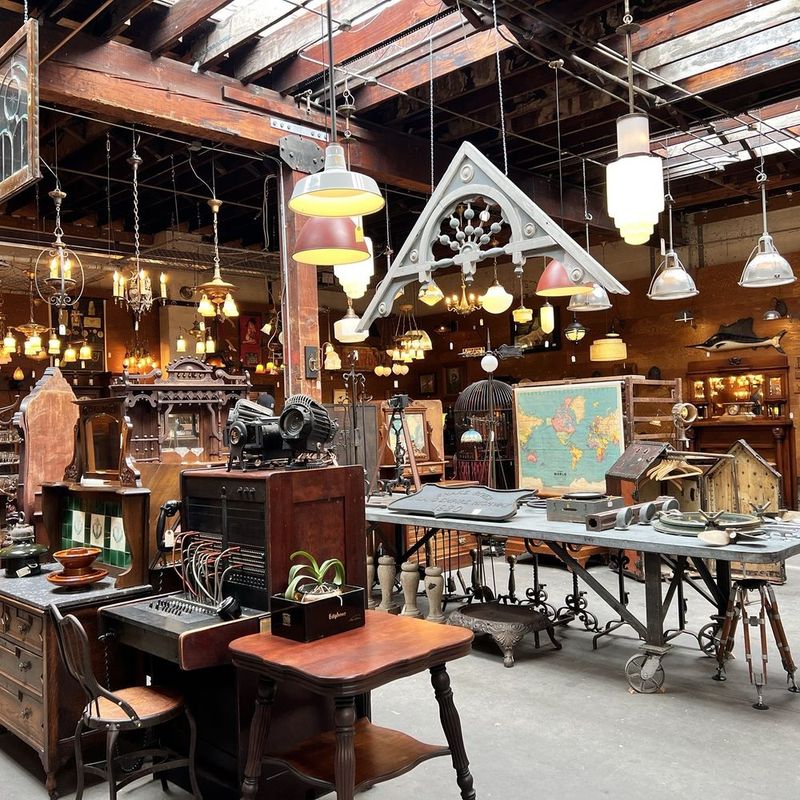
Original finishes tell a piece’s authentic story. I’ve discovered that Portland’s vintage scene particularly values this authenticity, with original-finish pieces commanding higher prices than refinished ones at shops like Vintage Pink or Stars Antiques.
Patina isn’t damage it’s character! Those subtle color variations and minor scratches represent decades of history. Portland’s climate actually helps develop beautiful patinas on wood furniture, with the city’s moderate humidity creating rich color evolution over time.
When examining potential purchases, distinguish between natural aging and actual damage. Surface scratches and color variations are generally acceptable, while water rings, deep gouges, or lifting veneer indicate problems. Portland’s thrift community includes many furniture preservationists who seek original-finish pieces, making them increasingly rare finds. Grab these treasures when you spot them!
11. Drawers That Work Perfectly
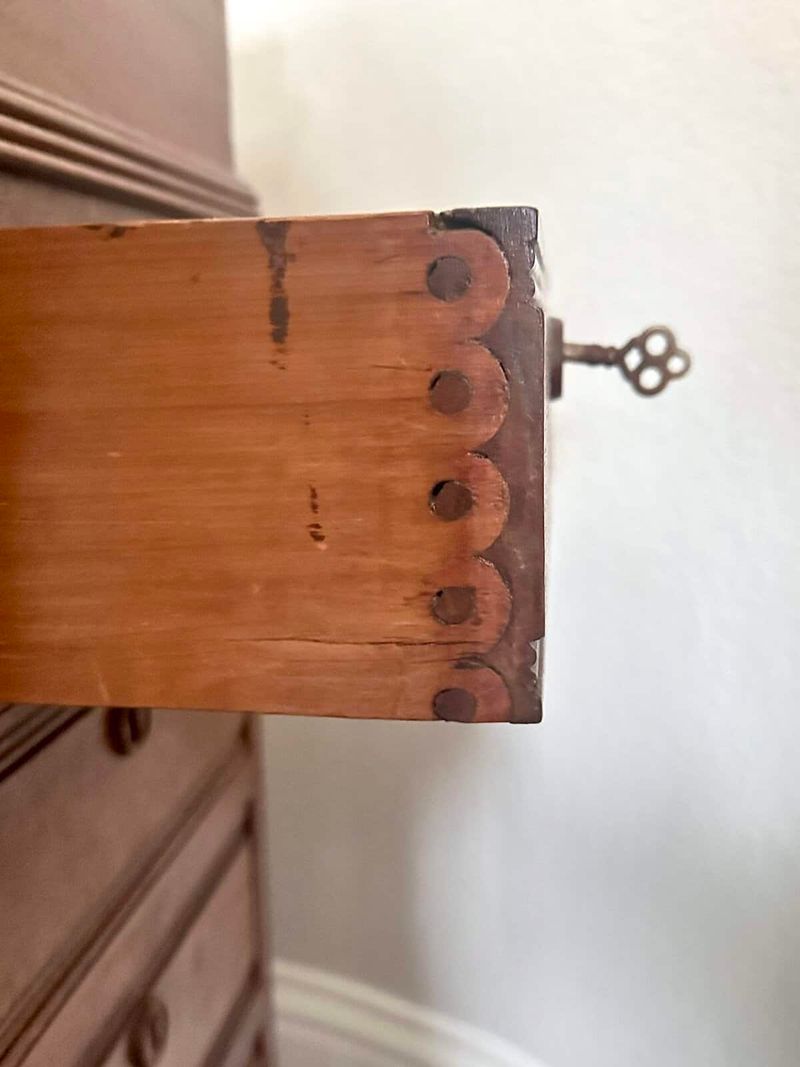
Functional drawers reveal a piece’s true quality. I always pull each drawer completely out to inspect the construction – dovetail joints and solid wood drawer bottoms signal excellent craftsmanship. Portland’s damp climate can affect drawer function, so testing is essential.
Drawers should slide smoothly without catching or requiring excessive force. Many Portland thrift stores like Goodwill don’t repair sticky drawers, creating opportunities for savvy shoppers who know a little wax fixes most issues. Check interior corners for manufacturer stamps local Portland furniture makers like Doernbecher often left their mark.
Well-made drawers maintain their shape without sagging bottoms or twisted sides. Portland’s community of furniture restorers frequently hunts for pieces with solid drawer construction, making competition fierce for quality finds. Early morning shopping at estate sales in older Portland neighborhoods like Laurelhurst or Irvington often yields the best drawer-equipped furniture.
12. Joinery That Shows Craftsmanship
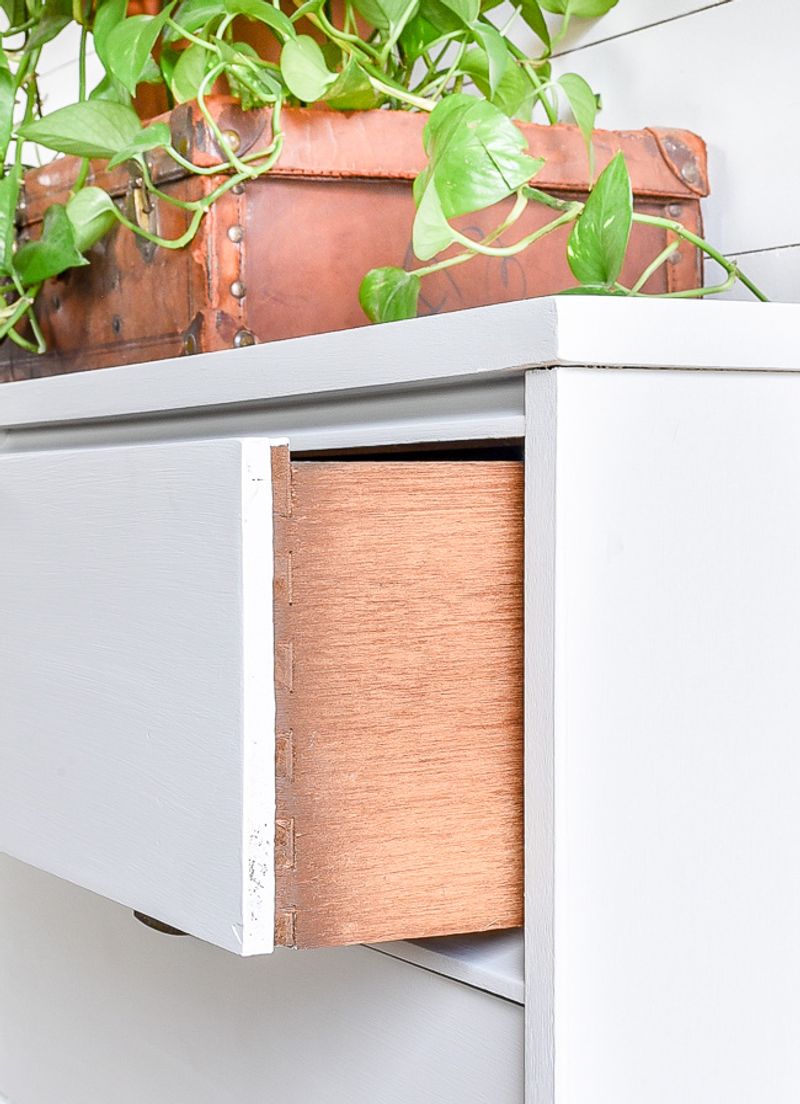
Joinery techniques reveal furniture’s quality at a glance. I’ve found that Portland thrift stores occasionally misprice incredible pieces because staff don’t recognize valuable construction methods. Dovetail and mortise-and-tenon joints indicate meticulous craftsmanship and superior strength.
Examine corners and connection points carefully quality joinery uses minimal glue and relies instead on precision woodworking. Portland’s furniture history includes many skilled craftspeople whose work appears regularly in local thrift circuits. The city’s thriving woodworking community makes joinery knowledge particularly valuable here.
Avoid pieces assembled primarily with staples, nails, or corner brackets these shortcuts signal mass production rather than craftsmanship. When thrifting in Portland’s outer neighborhoods like Gresham or Oregon City, you’ll often find overlooked quality pieces with excellent joinery that haven’t been picked over by professional pickers who focus on trendier districts.
13. Classic Styles That Never Fade
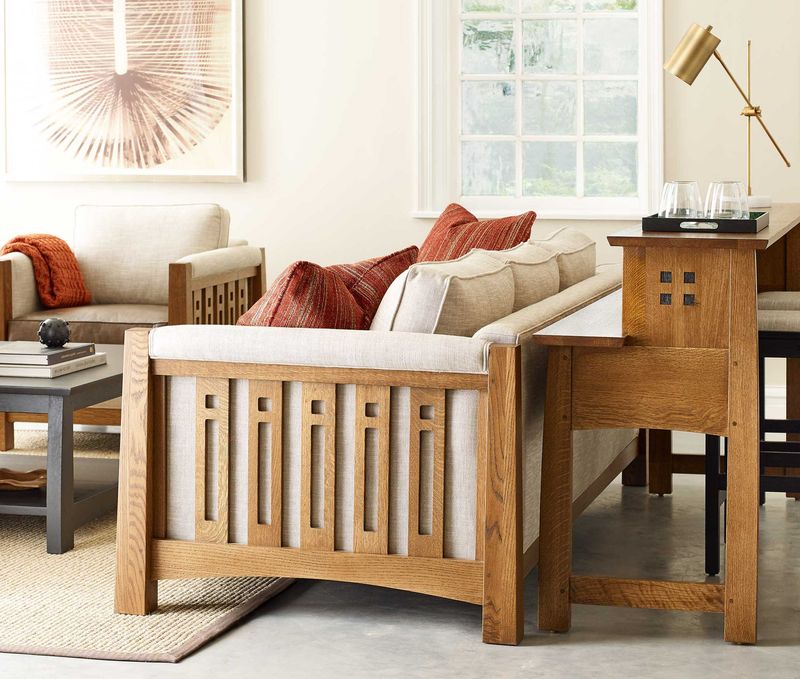
Certain furniture styles maintain their appeal decade after decade. I’ve noticed Portland thrifters compete fiercely for classic designs like Shaker, Mission, and certain mid-century styles that seamlessly integrate with contemporary décor. These timeless pieces typically feature proportional design and functional simplicity.
Traditional construction techniques often accompany classic styles look for mortise-and-tenon joints and hand-cut dovetails. Portland’s appreciation for craftsmanship makes these pieces particularly valuable in local secondhand markets. Estate sales in older Portland neighborhoods like Eastmoreland or Sellwood frequently yield these classic treasures.
Avoid highly ornate or trendy pieces unless you truly love them. Portland’s design aesthetic leans toward understated elegance rather than flashy decoration. Shops like Monticello Antique Marketplace specialize in classic designs, though patience and persistence at general thrift stores can yield similar finds at fraction of curated shop prices.
14. Reclaimed Materials With History
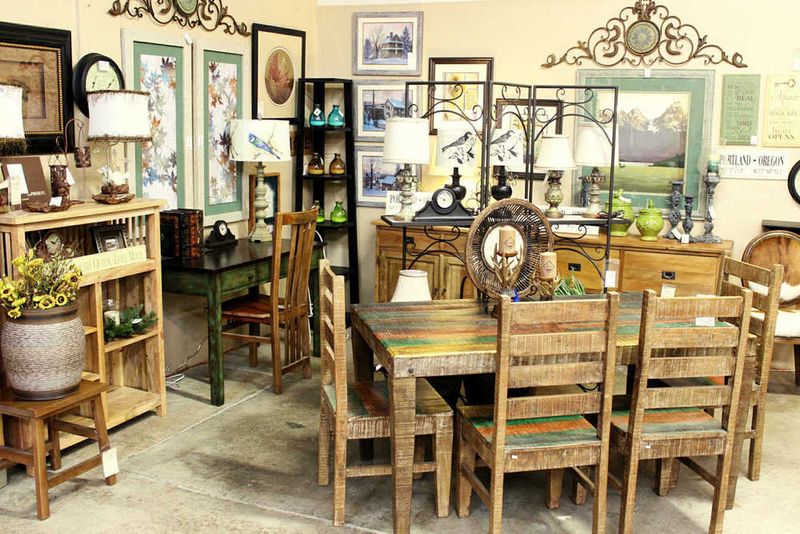
Portland’s eco-conscious culture makes reclaimed materials especially valuable in the local thrift scene. I love finding pieces crafted from old-growth timber, salvaged barn wood, or repurposed industrial elements each tells a unique Northwest story. Check for distinctive patinas and wear patterns that indicate authentic age.
Furniture incorporating genuine reclaimed materials typically shows inconsistent coloration and distinctive character marks. Portland’s architectural salvage shops like Salvage Works specialize in these materials, but amazing finds appear regularly in general thrift stores too. Old-growth Douglas fir from demolished Portland buildings creates particularly beautiful furniture.
Authentic reclaimed pieces often incorporate visible hardware like nail holes, bolt marks, or manufacturing stamps that hint at their previous lives. When thrifting in industrial areas like Portland’s Central Eastside, keep an eye out for furniture incorporating elements from the neighborhood’s manufacturing past these locally-significant pieces combine history with sustainability.
15. Seating Comfort That Lasts
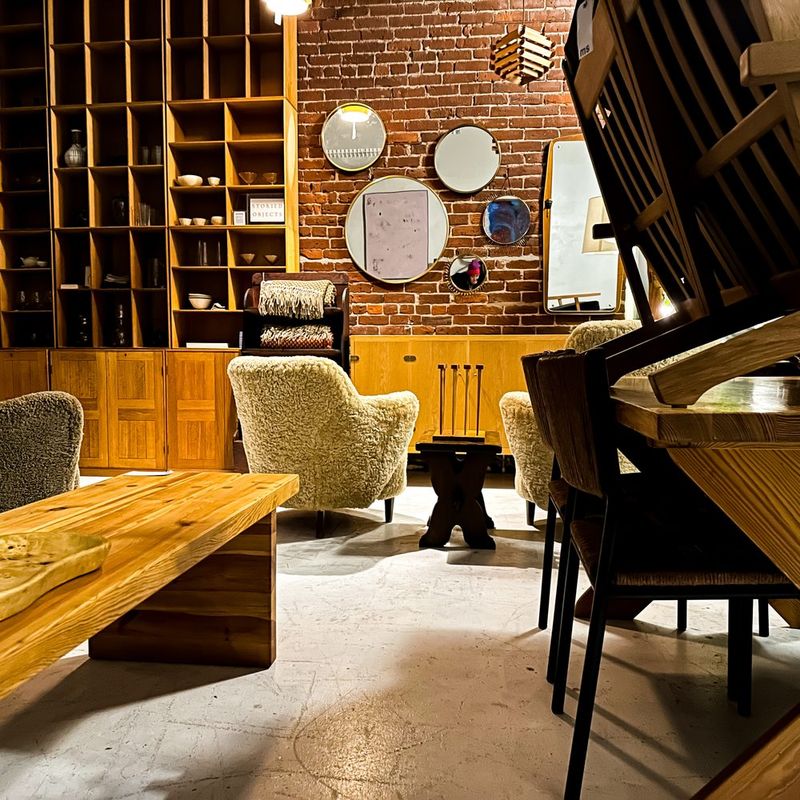
Always sit before buying! I’ve found that Portland’s thrift stores contain everything from cloud-soft vintage loungers to painfully rigid dining chairs. Test each piece for at least 30 seconds – initial comfort can be deceiving, and problems often emerge after a brief sit.
Check cushion firmness by pressing down with your hand quality foam springs back quickly rather than remaining compressed. Portland’s humid climate can accelerate foam deterioration, so this test is particularly important in local shops. Reupholstery businesses like Modern Domestic offer workshops for refreshing thrifted seating.
Ergonomics matter more than appearance for everyday seating. That sculptural chair might look amazing but cause backaches after 15 minutes. Portland’s work-from-home culture has created high demand for comfortable vintage office chairs, making them harder to find but worth grabbing when spotted. Sunday mornings at larger thrift outlets like Goodwill Superstore often yield the best comfortable seating options.

